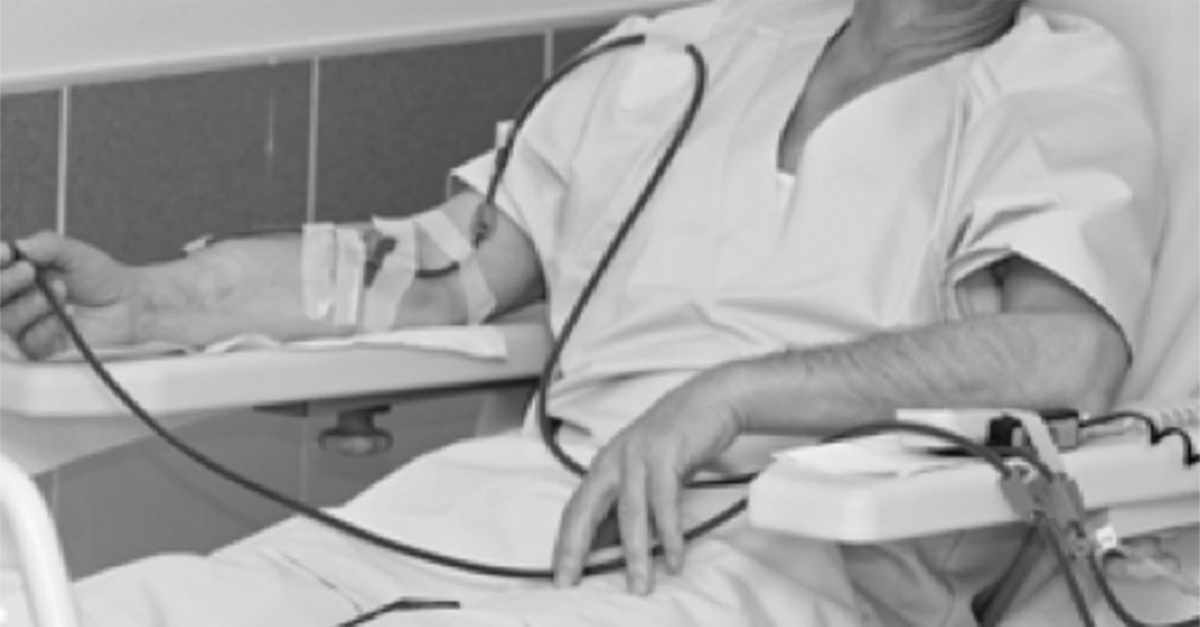
Singapore has a national subsidised dialysis programme since 1996. Thailand provides subsidy for haemodialysis since 2013 under aegis of NHSO.
In 2016, Indian Prime Minister rolled out The Pradhan Mantri National Dialysis Programme as part of the National Health Mission (NHM) for provision of free dialysis services to the poor. The rationale for this focused activity was all of Retail, Group (that covers parents) and Mass health insurance usually has a huge claim cost due to CKD related claims. For uninsured and those with no benefits (insurance/ government eligibility for being a beneficiary) it literally means medical bankruptcy!
Every year about 2.2 Lakh new patients of End Stage Renal Disease (ESRD) get added in India resulting in additional demand for 3.4 Crore dialysis every year. With approximately 4950 dialysis centres, largely in the private sector in India, the demand is less than half met with existing infrastructure. Since every Dialysis has an additional expenditure tag of about Rs.2000, it results in a monthly expenditure for patients to the tune of Rs.3-4 Lakhs annually.
End Stage Renal Disease (ESRD):
Advanced state of chronic kidney disease where one needs one of the Renal Replacement Therapies (dialysis or a kidney transplant) for survival.
Few facts:
Causes:
CKD (and ESRD) is preventable, delayable and manageable – JUST following Standard Treatment Guidelines!
What needs to be done?
…are indicated and immensely helpful in managing CKD.
Any altered parameter is micro-managed so as to retain renal function for as long as one can.
Yes, one can invest in managing diabetes mellitus, hypertension (and other risk factors) and prevent/ delay dialysis / transplant (ESRD).
And it is quite manageable!
+91 84549 57562
info@inchesgroup.com
2nd Floor, Metro House,
Behind Mercedes / Honda Showroom, CST Road, Kalina, Santacruz (East), Mumbai 400098